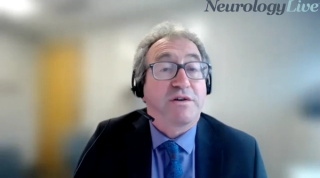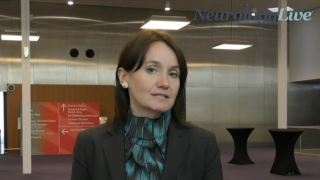
NMOSD
Latest News


Treating NMOSD Early in the Disease Course: Inebilizumab’s Efficacy in N-MOmentum
Latest Videos

CME Content
More News

The clinical research director of the UCSF Multiple Sclerosis Center provided perspective on several analyses from the N-MOmentum trial that highlight the clinical use of biomarkers in NMO and NMOSD.

The clinical research director of the UCSF Multiple Sclerosis Center provided perspective on the importance of serum neurofilament light and how it can be used in the management of patients with NMOSD. [WATCH TIME: 3 minutes]

The associate professor of neurology at the University of California, San Francisco, discussed the key points from an oral presentation at ECTRIMS 2022 on understanding postpartum for patients with MS and NMOSD. [WATCH TIME: 4 minutes]
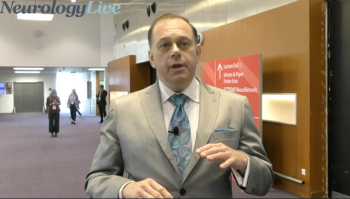
The clinical research director of the UCSF Multiple Sclerosis Center discussed the need for measures of progression in neuromyelitis optica and the next steps in treatment. [WATCH TIME: 4 minutes]

Permanent disability, found in 51% of patients with NMOSD at follow-up, was attributed mainly to age of disease onset, delay in diagnosis, and initial EDSS score.

A cross-sectional study showed that retinal measurements in patients with “potential” neuromyelitis optica spectrum disorder were similar to those with definite neuromyelitis optica spectrum disorder.

A report on two patients with late-onset neutropenia resulted in an uncommon adverse event following anti-CD20 therapies.

Greater Abnormal Visual Evoked Potential Found in NMOSD Than Idiopathic Demyelinating Optic Neuritis
P100 amplitude of 15 minute checks in the NMOSD-ON group had a significant reduction at 6 months relative to the IDON group, suggesting more several axonal damage.

Annualized relapse rates were elevated compared with the prepregnancy period, especially during the initial 3 months after delivery, whereas EDSS scores worsened during pregnancy and the postpartum period.

A study using patient data from John Hopkins showed that rituximab treatment was associated with reduced annualized relapse rates in AQP4-IgG seropositive NMOSD and MOGAD.

Using magnetic resonance spectroscopy, investigators observed significantly different levels of total NAA across MS and NMOSD subtypes, and a negative correlation between total NAA and disability score.


Among a cohort of more than 300 patients in China, those with APQ4 positive NMOSD reported a significantly lower risk of relapse among those treated with rituximab compared with the other groups.

CXCL2 and CXCL12, known to induce B-cell proliferation and differentiation, were significantly higher in those with acute and remitted cases of NMOSD compared with controls.

Data assessing samples of deep cervical lymph node aspirates and blood suggest that germinal center activity was associated with clinical relapses in individuals with neuromyelitis optica spectrum disorder.

Data suggest that long-term treatment with immunosuppression therapies, such as rituximab, is generally appropriate for patients with neuromyelitis optica, though transverse myelitis might indicate a higher risk of relapse post discontinuation.

BPCLI was observed in both NMOSD and MOGAD but was relatively rarer in AQP4 NMOSD, with meningoencephalitis-like episodes among the sources of misdiagnosis.
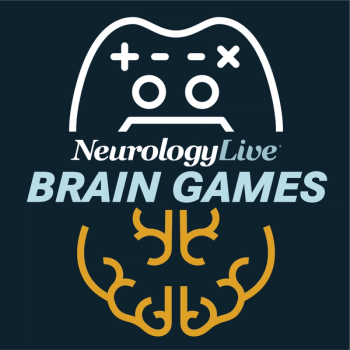
Test your neurology knowledge with NeurologyLive®'s weekly quiz series, featuring questions on a variety of clinical and historical neurology topics. This week's topic is neuromyelitis optica spectrum disorder.

In a cohort of patients with NMOSD, more severe depressive symptoms were associated with increased time-varying functional connectivity between the precuneus and temporal cortex.

Using rigorous cell-based assays, cerebrospinal fluid GFAP levels were significantly lower in double-seronegative NMOSD than AQP4-positive NMOSD but did not differ between those with MOGAD or other neurological diseases.

Neuropathic pain and constipation coexisted in 43.5% of the survey participants, and approximately one-third of patients with both symptoms reported a possible link between the two.

Between AQP4-IgG-positive and negative patients with NMOSD, there were no significant differences in cognitive performance, despite having similar demographic and clinical characteristics.

All 12 of the children met diagnostic criteria for multiple sclerosis and were seropositive for MOG-IgG at baseline experienced a disease course different than typical MS through the observed time.
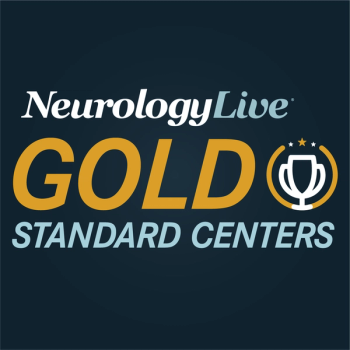
Through dedicated research into biomarker discovery and patient care, the neuroimmunology laboratory at Mayo Clinic has paved a new way of life for those with autoimmune disorders.

Findings from a new post hoc analysis of data from the randomized-controlled period of the N-MOmentum phase 2/3 pivotal trial (NCT02200770), suggest the Horizon agent is effective in NMOSD.







